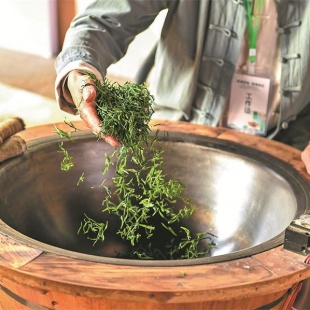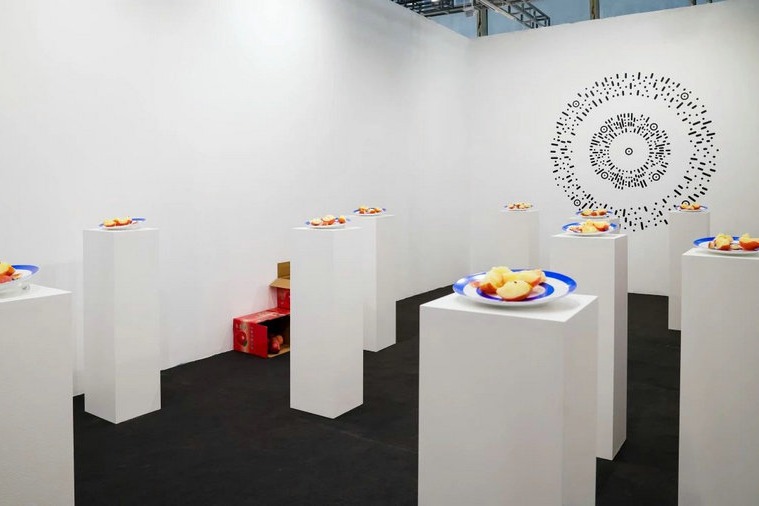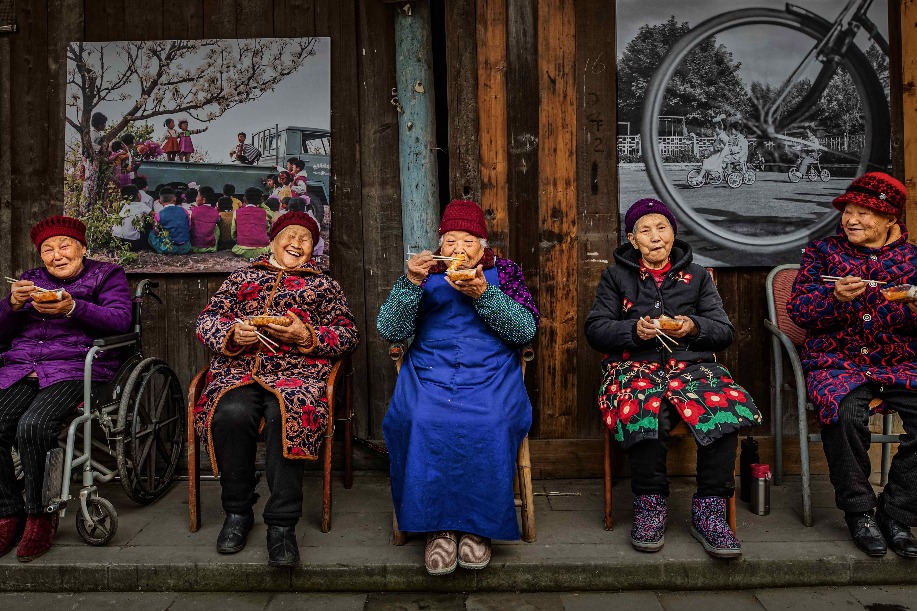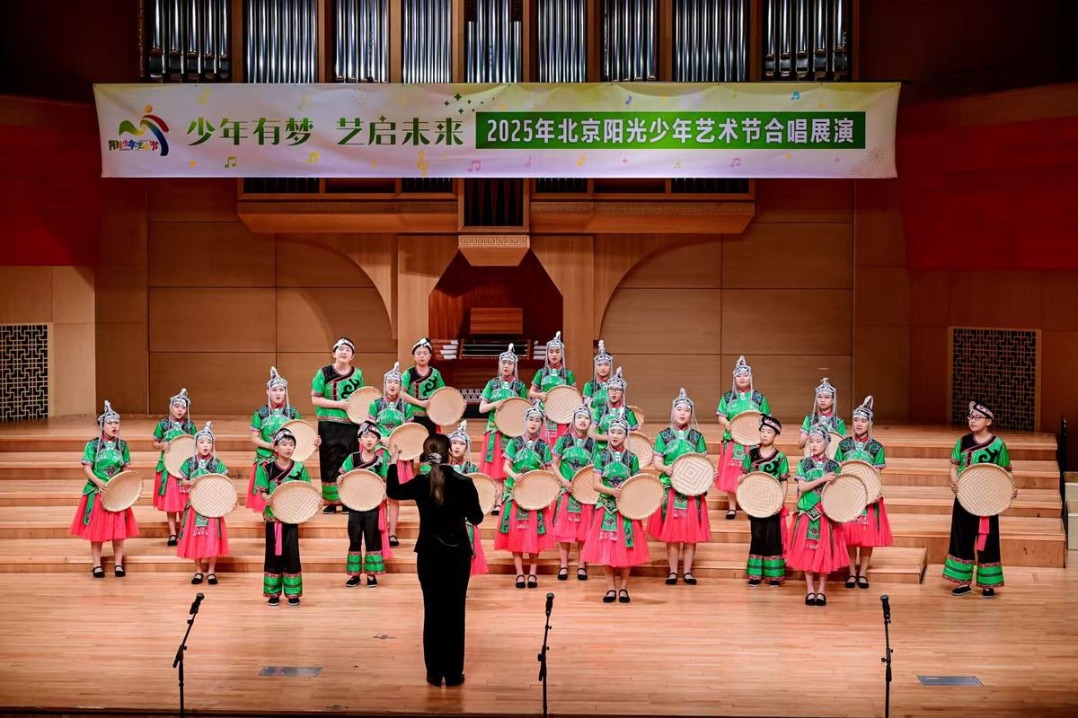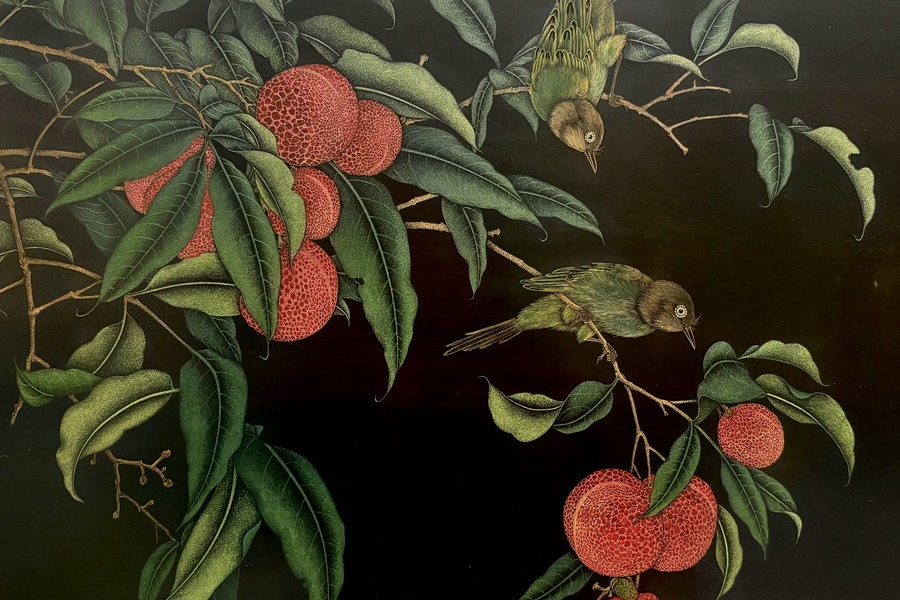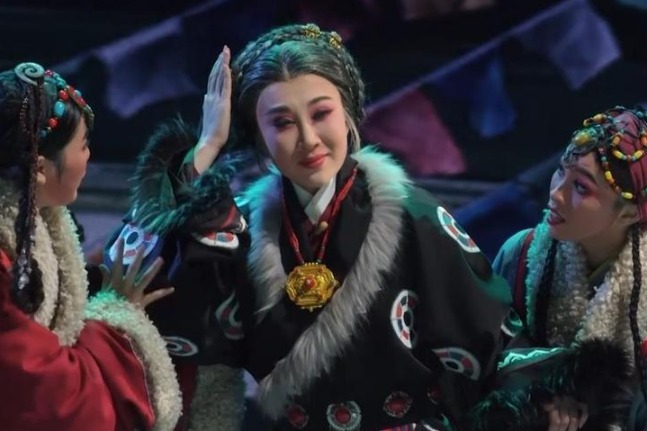Price is right for heritage

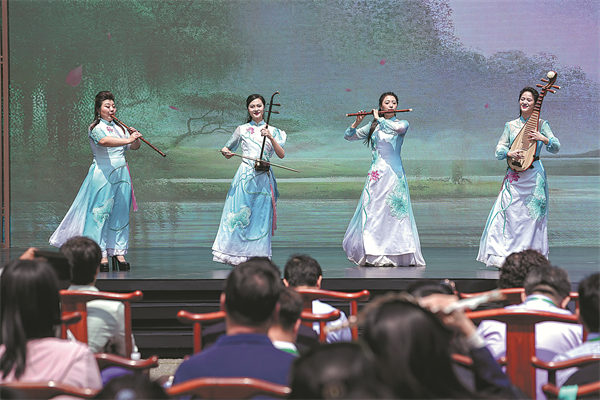
"The wrists must be as loose as willow branches, focus must be sharp as a cleaver, and rhythm must flow like a river," he explains to visitors who lay siege to his booth selling Shaoyongfeng sesame cakes, a delicacy from Zhejiang's Quzhou that dates back to the Qing Dynasty (1644-1911).
Sesame wrapping is just one of 16 steps, such as lighting the charcoal stove, roasting sesame seeds, extracting sesame oil, kneading dough, mixing fillings, and shaping the pastries, in the traditional craft that was named a national intangible cultural heritage in 2021.
The cake has a crispy shell that gives way to sweet red bean paste, its flavor deepened by wood-fired baking.
The right taste and texture lie in rigorous adherence to the traditional craft, which Ke says requires endless hours of training, including stoking charcoal ovens and hand-grinding sesame paste.
"Take the sesame coating for instance, when I began to throw them, the cakes either flew against the walls or stuck to my face," Ke laughs, recalling his disastrous early attempts.
It took him about three years to get the hang of it, he adds.
Ke's performances have drawn crowds to taste the tradition, especially young buyers.
"We have come up with sugar-free fillings, ranging from egg yolk to durian, which have been wildly popular," he says.
The brand's flagship store in Quzhou has received more than 10,000 orders on a daily basis, he says.
Ke is among more than 100 inheritors who have been invited to the shopping month program that features diverse activities across China, integrating local intangible cultural heritage resources with regional cultural characteristics.


